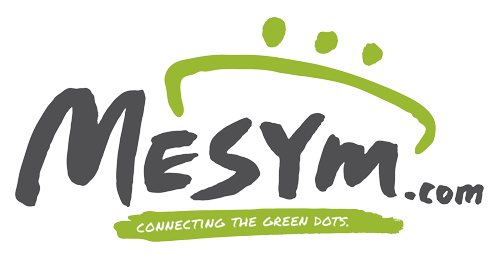Interesting research is happening at the moment, in alternative sources for protein. The need for food is ever increasing – the world’s population is not going to stop growing any time soon – the UN projects that the earth’s population of mouths to feed will reach 9.2 billion in 2050.
The World Population Data Sheet shows alarming statistics of the distribution of population growth – most of the growth will happen in the countries where people have the least.
Simultaneously, food preferences are changing globally as China’s protein consumption skyrockets with a 100% growth in protein consumption in the past 15 years, and other countries with large populations developing a taste for meat and dairy as well. Malaysia’s consumption of meat is steadily rising alongside the rest of Asia. With these projections, who knows how long our planet will be able to sustain us?
Sustainability is often described as the balance between social, economic and environmental interests.
Economic interests of the current system serve those who know how to use it, but the distribution of wealth is a whole other chapter. The environment cannot sustain meat production for everyone. It is in the global social interest that everyone has enough to eat – but should it also be in the global social interest for people to eat what they want?
Meat is a preference, and though it provides a large amount of calories, the water footprint is high, the contribution to global warming of methane and other gases contributes 14 to 22 percent of man-made global warming, and using crops for fodder instead of human consumption is logically less efficient.
Imke de Boer, a professor at Wageningen University in the Netherlands has written many interesting articles about sustainable production of animal sources food. This article brings up many interesting points concerning the balance between feeding the world’s population and protecting the environment. Interestingly, feeding cows with maize instead of grass brings down methane emissions, though there are other disadvantages. Anyone who has seen Food, Inc. will remember the threat of e-koli and the weakened immune system of the cow due to PH balance changes in its stomach, leading to use of more antibiotics. Grass fed beef also presents less of an opportunity cost because humans cannot eat or run their cars on grass.
This leads to another interesting point in the article – the comparison of the amount of energy or protein in animal feed that is potentially edible for humans over the amount of energy or protein that is edible in the animal product. Chickens and pork are a lot less efficient than grass-fed beef in this light.
One animal that does take up a very small amount of space and water to produce – and is not responsible for a huge amount of omissions is the mealworm. De Boer argues that it is a viable source of animal protein, and would be a healthy alternative to current meat production.
I have never tried it, but it sounds like it is not an unpleasant experience – though it might need some seasoning.
Once you have access to the basics in terms of food, it becomes more relevant to start thinking about sustainability in food consumption. But looking at the current projections of world population growth, it doesn’t seem likely that the majority of the global population will demand sustainable production and alternative meat sources – they are simply more concerned with hunger. There is, however no reason why those of us who have access to more than the basics should not try to make a difference.
Image source: ABC News.





